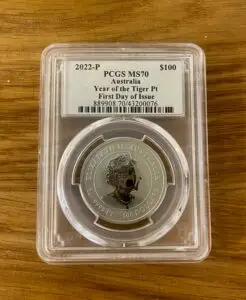Gold Mine Production
Gold mining, the extraction of gold by mining, has been a significant part of human history and economic development. Over time, the methods and impacts of gold mining have evolved, and understanding these changes is crucial to comprehending the industry today.
Evolution of Gold Mine Production
Gold mining has a rich history dating back at least 7000 years. Initially, gold was mined from alluvial deposits using manual separation processes like gold panning. However, the expansion of gold mining to ores not on the surface led to more complex extraction processes such as pit mining and gold cyanidation. In the 20th and 21st centuries, most of the volume of mining was done by large corporations. However, the value of gold has led to millions of small, artisanal miners in many parts of the Global South.
Changes in the Past Decade
Despite decreasing content in ores, gold production has been increasing. This increase can be attributed to larger-scale industrial installations and innovations, especially in hydrometallurgy. As of 2020, the world’s largest gold producer was China, with 368.3 tonnes of gold mined in that year. The second-largest producer was Russia, where 331.1 tonnes were mined, followed by Australia with 327.8 tonnes.
Largest Gold Mines in the World
The largest gold mines in the world include the Super Pit gold mine in Western Australia and the Grasberg mine in Papua, Indonesia, which is primarily a copper mine. The Carlin Trend of Nevada, U.S., discovered in 1961, is also one of the Earth’s primary gold-producing regions.
Factors Affecting Gold Mine Production
Several factors affect gold mine production. These include the availability and quality of ores, the cost and availability of technology and equipment, the price of gold, and the costs associated with environmental and health regulations.
Health Impacts of Gold Mining
Gold mining can have significant health impacts on workers and nearby communities. In mines with less regulation, health and safety risks are much higher. Exposure to chemicals used in gold processing, such as mercury and cyanide, can lead to serious health conditions. Furthermore, the physical demands and risks of mining work, such as mine shaft collapses, can also pose significant health risks.
Gold mining can also have severe health impacts on nearby communities. For example, gold processing can contaminate groundwater or the atmosphere with arsenic, leading to widespread health problems. In some cases, local communities may also lose their land to the mine, leading to displacement and associated health and social issues.
The best current estimates of available GOLD, suggest that around 208,874 tonnes of gold has been mined throughout history, of which around two-thirds has been mined since 1950. And since gold is virtually indestructible, this means that almost all of this metal is still around in one form or another. If every single ounce of this gold were placed next to each other, the resulting cube of pure gold would only measure around 22 meters on each side.
To summarize, gold mining is a complex industry with a rich history and significant impacts on the economy, environment, and health. Understanding these aspects of gold mining is crucial for anyone interested in the industry or its impacts.



